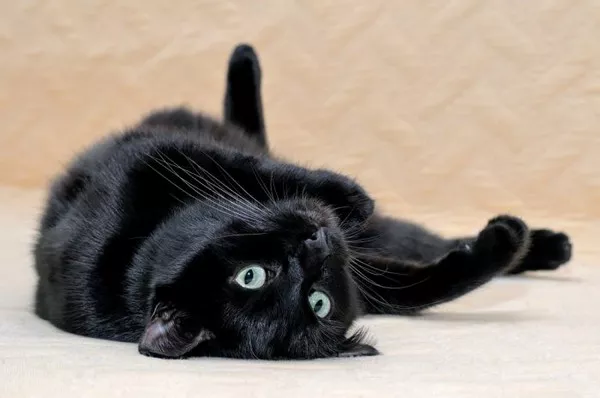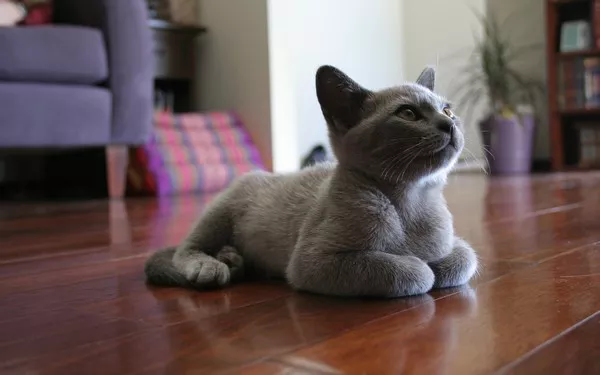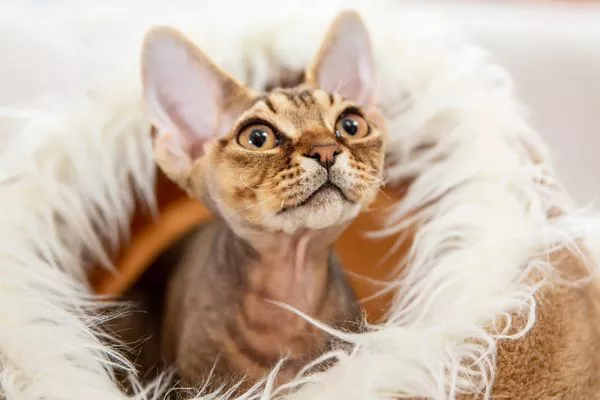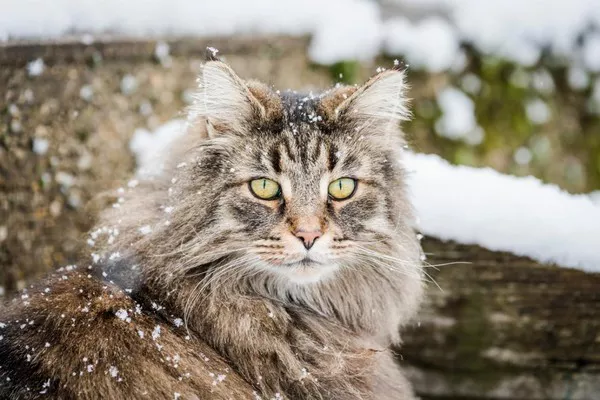Cats are known for their selective eating habits. While they may be curious about various foods, not everything is suitable for their consumption. Ham, a popular meat enjoyed by many humans, is a topic of concern among cat owners. Can cats eat ham? In this comprehensive guide, we’ll delve into the safety, potential benefits, and risks of feeding ham to your feline companion.
The Basics of Feline Nutrition
Before we discuss the specifics of ham, it’s essential to understand a cat’s dietary requirements. Cats are obligate carnivores, which means their diet should primarily consist of meat. They rely on essential nutrients found in animal tissues to thrive. These nutrients include:
Protein: Vital for muscle maintenance and overall growth.
Taurine: An amino acid crucial for heart health, vision, and reproductive function.
Vitamins: Cats require specific vitamins like A, D, and B-complex vitamins.
Minerals: Essential minerals such as calcium and phosphorus are necessary for bone health.
Fats: Fats provide a concentrated source of energy.
Water: Adequate hydration is critical for kidney function and overall well-being.
Now, let’s explore whether ham aligns with these dietary needs.
Can Cats Safely Eat Ham?
Ham is a type of pork meat that is typically cured, smoked, or cooked. While it may seem like a tasty treat to share with your cat, there are several factors to consider before offering ham to your feline friend:
1. High Sodium Content:
Ham is notorious for its high sodium (salt) content. Excessive sodium intake can lead to various health issues in cats, including:
Dehydration: Excess salt can cause increased thirst and urination, potentially leading to dehydration.
Kidney Damage: Cats are sensitive to kidney problems, and a high-sodium diet can strain their kidneys over time.
Hypertension: High sodium intake is linked to high blood pressure, which can be detrimental to a cat’s health.
2. Preservatives and Additives:
Many commercially available hams contain preservatives, additives, and flavorings that are not suitable for feline consumption. These additives can cause digestive upset and other health problems.
3. Bones and Gristle:
Some types of ham may contain bones or gristle that can pose a choking hazard or damage your cat’s teeth.
4. High Fat Content:
While cats require fat in their diet, ham’s high fat content can lead to digestive issues, including diarrhea.
5. Taurine Deficiency:
Feeding your cat too much ham may displace other more nutritious foods from their diet, potentially leading to a deficiency in essential nutrients like taurine.
Given these potential risks, it’s clear that ham should not be a staple in your cat’s diet. However, occasional small amounts as a treat may not be harmful to some cats. Here are some guidelines to consider:
Moderation: If you choose to offer your cat a taste of ham, keep it minimal and infrequent. A small, one-time treat is generally safer than making it a regular part of their diet.
Unseasoned and Cooked: Plain, cooked ham without added spices, salt, or preservatives is a safer choice. Ensure it’s boneless and free from any potentially harmful additives.
Watch for Reactions: After giving your cat a small piece of ham, observe them for any adverse reactions. If you notice digestive upset or unusual behavior, refrain from offering ham in the future.
Alternative Treats for Cats
While ham may not be the healthiest treat for your cat, several alternatives are both safe and enjoyable for them:
1. Commercial Cat Treats:
There are numerous cat treats specifically formulated to meet your feline companion’s dietary needs. These treats come in various flavors and textures, catering to different preferences.
2. Cooked Meat:
If you want to give your cat a meaty treat, consider offering small amounts of cooked chicken, turkey, or fish. Ensure it’s plain and free from seasoning.
3. Catnip:
Many cats are fond of catnip, which can be sprinkled on scratching posts or toys for their enjoyment.
4. Interactive Treat Toys:
Interactive treat-dispensing toys can mentally stimulate your cat while providing a tasty reward.
5. Fresh Vegetables:
Some cats may enjoy small, bite-sized pieces of fresh vegetables like peas or cooked carrots.
In Conclusion
While ham may be a delectable delight for humans, it’s not an ideal choice for your feline companion. Due to its high sodium content and potential additives, ham should be offered sparingly, if at all. Instead, focus on providing your cat with high-quality commercial cat food that meets their specific nutritional needs. If you’re unsure about what treats are safe for your cat or have concerns about their diet, consult your veterinarian. Your vet can offer guidance on maintaining a balanced and healthy diet for your beloved feline friend, ensuring they lead a long and happy life.























